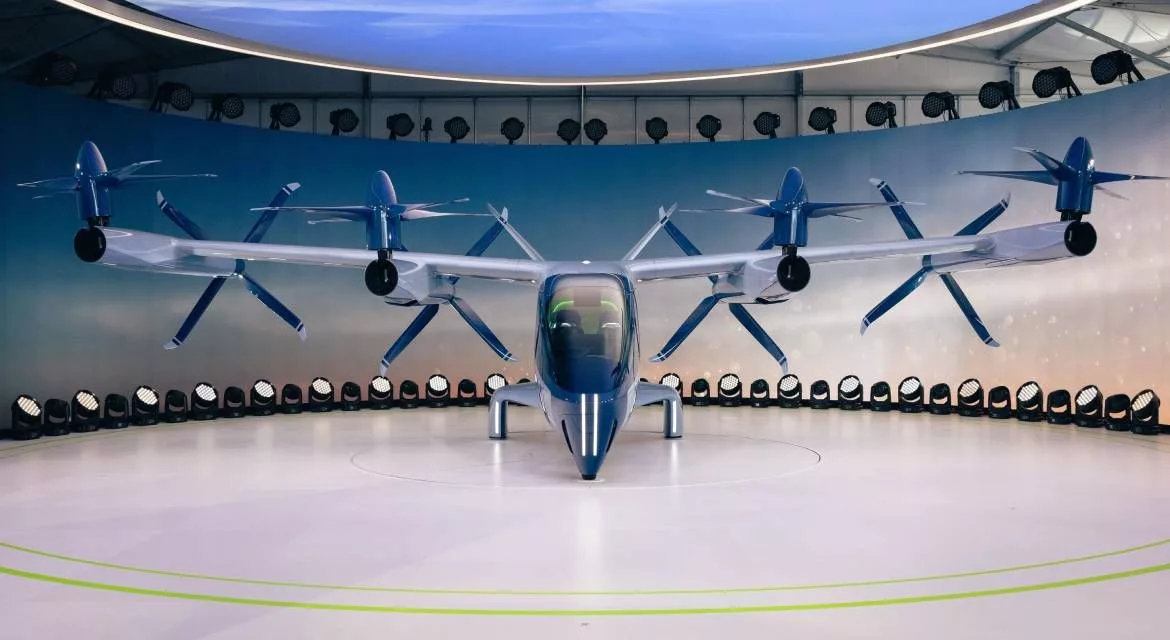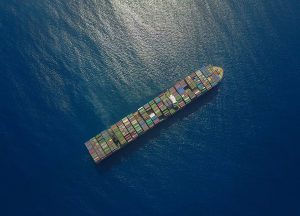
Hyundai unveils S-A2 electric air taxi at CES 2024, says electric air taxi business will launch in 2028
Flying cars have always captured humankind’s imagination. Originally a thing in sci-fi, several real-world concepts have come to light during the 20th and 21st century. And while we are yet to see a commercially viable real-world ‘flying car’, that hasn’t stopped automakers to continue pushing the concept and see if a viable product can be drawn out. One such automaker is Hyundai, which is trying its hands into the electric vertical takeoff and landing (eVTOL) space.
The Korean auto giant took a significant step forward with the unveiling of Supernal’s latest eVTOL prototype, the S-A2, at CES 2024. This prototype is a follow-up to the S-A1 introduced in 2020.
While the air taxi industry, once touted with optimism, faces challenges—Uber’s air taxi network has been sold, and commercial services struggle to materialize—Hyundai remains undeterred. Supernal, Hyundai’s eVTOL division, presents the S-A2 as a “product concept” slated for production by 2028. Supernal’s S-A2 boasts impressive specifications, designed for urban air mobility with a cruise speed of 120mph and an altitude capability of 1,500 feet. The electric aircraft is configured to accommodate short-distance trips of 25 to 40 miles—typical of routes between downtown areas and airports, catering to the needs of affluent business travelers.
“From the beginning, Supernal has been on a mission to create the right product and the right market at the right time,” said Jaiwon Shin, president of Hyundai Motor Group and CEO of Supernal. “The unveiling of S-A2 demonstrates our unwavering commitment to deliver on that mission with a safe, efficient vehicle design that provides a clear path to market entry. By leveraging our talented 600-person team, the vast technical and business capabilities of Hyundai Motor Group and trusted aviation suppliers around the world, Supernal is ready to deliver a new era of flight.”
The design focuses on minimizing noise pollution, a common concern with traditional helicopters. Supernal claims the S-A2 will “operate as quietly as a dishwasher,” emitting 65 decibels during vertical takeoff and landing and reducing to 45 decibels during horizontal cruising. In comparison, helicopters generate between 96 and 107 decibels. The S-A2 features an innovative design with eight tilt rotors and an egg-shaped cabin, resembling prototypes from other industry players like Joby Aviation, Wisk Aero, and Archer Aviation. Supernal, however, emphasizes its commitment to revolutionizing air mobility, with Hyundai’s design chief Luc Donckerwolke describing the S-A2 as “auto meets aero.”
The cabin’s interior is modular, incorporating elements of biomimicry inspired by insects, specifically bees. The placement of glazing on the fuselage draws inspiration from bees’ heads, with an emphasis on providing maximum visibility for passengers and the pilot. Supernal, benefiting from its ties to Hyundai, positions itself strategically in the competitive landscape. Hyundai’s manufacturing capabilities and mass production expertise offer advantages in the development and production of eVTOL aircraft. However, regulatory hurdles remain a challenge, and Supernal, like other industry players, must navigate the lengthy certification process. “Supernal’s product concept vehicle is the result of the creativity and hard work of our world-class team. S-A2 is designed to take full advantage of emerging electric powertrain advancements that will define the next generation of aviation,” said Ben Diachun, chief technology officer, Supernal. “From here, we will develop this concept into a revolutionary commercial product.”
Under Federal Aviation Administration (FAA) rules, aviation companies must obtain three types of certification—type certification, production certification, and air carrier certification—before launching commercial air taxi services in the U.S. Supernal is placing a significant focus on battery technology, particularly the ability to upgrade to lighter cells, a crucial aspect of electric flight given the power-to-weight ratio challenges. Supernal’s roadmap involves testing its technology demonstrator vehicles in California throughout 2024, followed by FAA submissions and proposals in subsequent years. Despite the competitive landscape and evolving regulatory environment, Supernal expresses confidence in delivering a “new era of flight.” However, the company does not anticipate full commercial operation until 2028.


